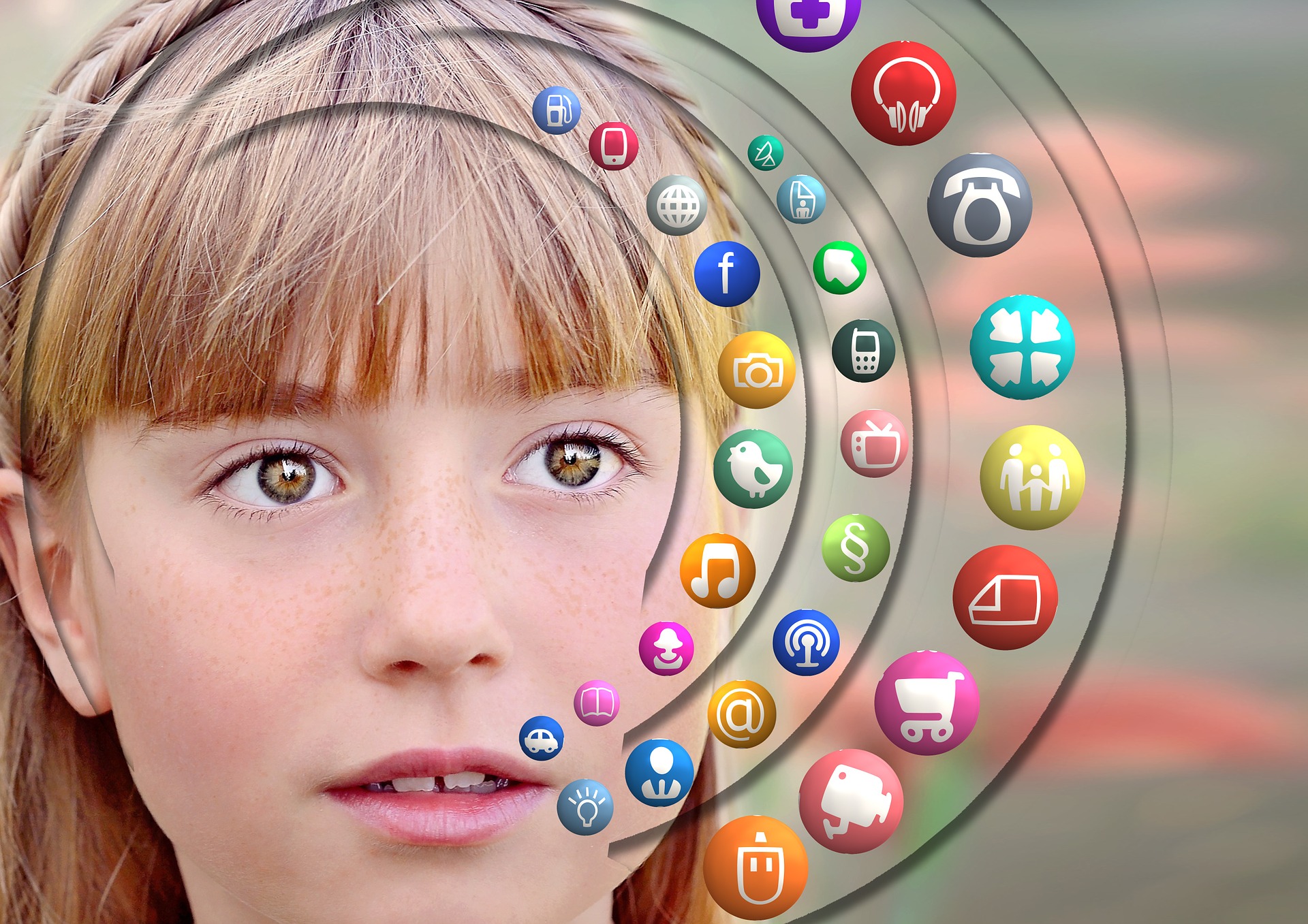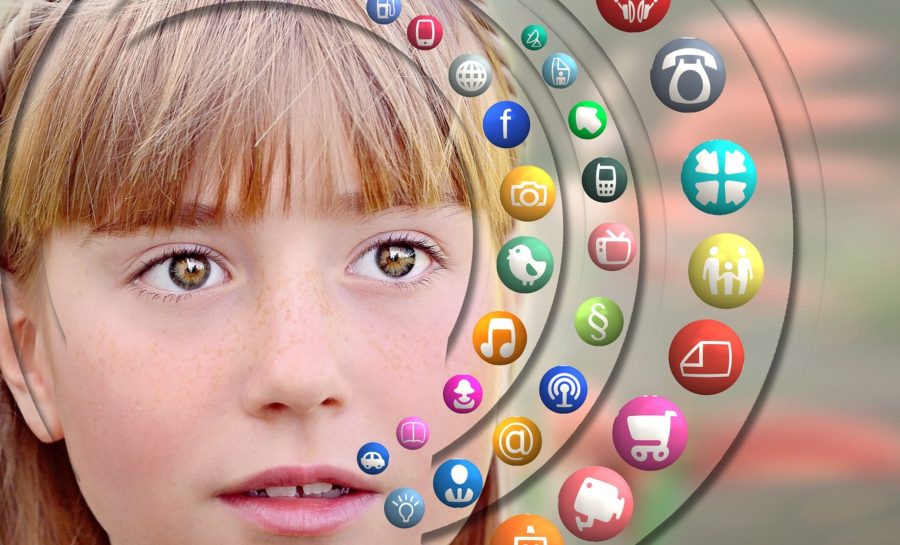
By Sandi Khine
In a society overrun with technology, electronic gadgets can be found controlling nearly every aspect of people’s lives. Days often start with an alarm from a smartphone and continue with laptops, computers, and various other devices to stay connected to other people. The tech industries have made the internet a place where hundreds of smartphone apps and programs are available to suit anyone’s needs.
For the typical teenager, however, the most appealing of these are the apps that allow people to share their ideas, events, and accomplishments: social media. Apps like Instagram, Facebook, Snapchat, Twitter, and Tumblr allow teens to stay connected and interact with friends on an online platform, creating a buzz of information.
It’s difficult to escape the constant flood of photos, videos, and status updates. For many, checking social media accounts has become a reflex. Checking once in the morning, multiple times throughout the day, and one last time before going to bed has become a routine for the typical teen in the San Gabriel Valley (SGV). In fact, a 2015 study by Pew Research Center reported that 92% of teens go online daily. This extensive use of social media leads to fewer face-to-face interactions with peers and can change relationships entirely.
One of the most powerful allures of social media is its reward system. One example is prevalent on Instagram and Facebook, where “likes” can be given. With large numbers of “likes” comes an activated reward center in the brain. As teens continue to receive validation and feelings of contentment,, they may go to extreme lengths in order to attract attention and get “likes”. Westridge School sophomore Althea Li, who spends roughly three hours a day on social media, notices that “people on social media post about themselves and their views, and often comment on other posts how [they] relates to themselves.” She has observed that in society, “social media has started to become a task to the community, whether it’s keeping followers or streaks,” and teenagers are becoming increasingly self-centered.
Though social media has taken over many teenagers’ lives, there comes a risk with being hidden behind screens. Cyberbullying runs rampant all across America and is so common online because, for the bully, there is little consequence. However, in communities like Arcadia, San Marino, and others in the SGV, cyberbullying isn’t as apparent. Often, those who post mean comments or photos are immediately shut down by those who recognize what is wrong and speak out against it.
For the politically aware teen in the SGV, social media undoubtedly plays a large role in shaping political views. Arcadia High School (AHS) sophomore Filbert Aung has recognized that social media has “the ability to shift the views of entire populations of people as it is so easily accessible.” Many liberal and conservative accounts appear on social media, and they are often just a few taps away. Arguments can often be found in the comment sections of these accounts, but Aung typically ignores these accounts and their various controversies. An avid user of Instagram, Snapchat, Facebook, and Tumblr, he often scrolls through “pages and pages of relatively trivial and entertaining content on social media for hours to then stumble upon a story of great meaning and moral importance.” Posts from news outlets are seen by thousands of teens, helping to increase political and worldly awareness, something of great importance in this ever-changing world.
Though such drastic use of social media has its downfalls, such as distracting teens from their work, it has also provided a newer, more personal way of connecting with other people. Alyssa Rave, who uses only Facebook, appreciates social media because it has “strengthened bonds between [her and her] friends by communicating with them over social media, which enables [her] to feel more open with them in person.” With technology and social media revolutionizing the way people communicate, teens are increasingly susceptible to the effects of these changes. However, this newfound form of communication provides teens with the opportunity to support one another, offer ideas online, and benefit as a whole.





